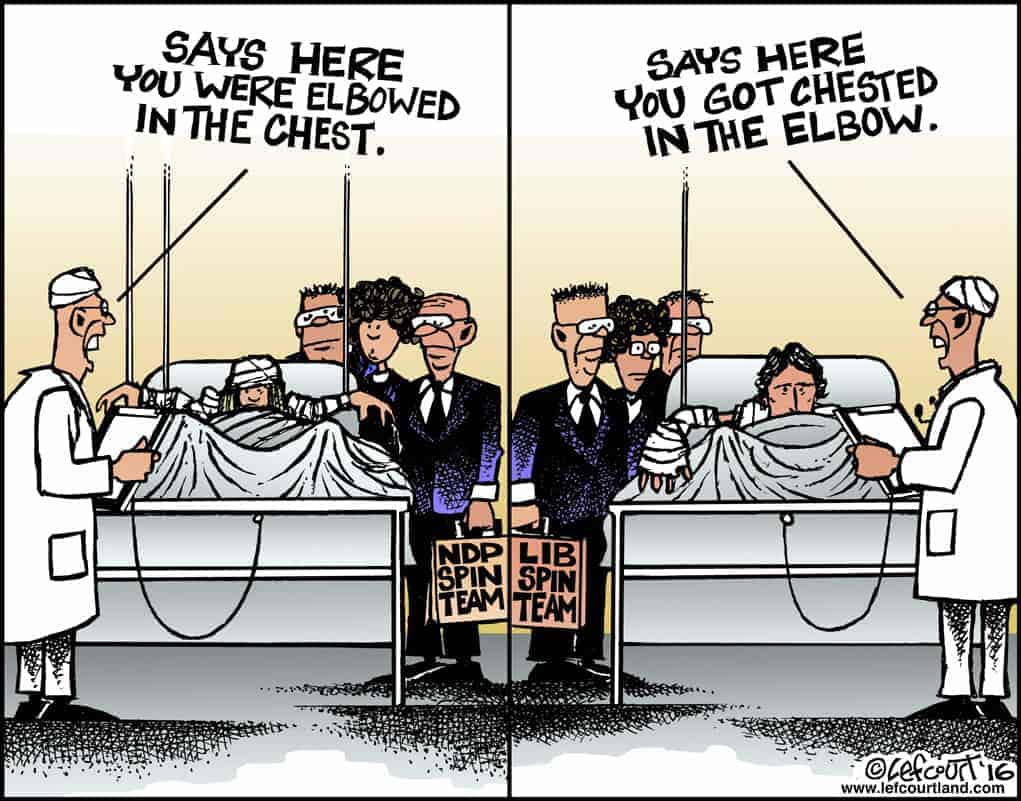;
;
;
Next Article
Lefcourtland – May 26, 2016

The idyllic rural life doesn’t apply to the roadways – statistically, you’re more likely to be injured in an automobile accident on roads in the townships. Part of the problem stems from a false sense of security: we’re driving on lightly travelled roads, so we tend to let our feet get heavier, and
Last updated on May 04, 23
Posted on May 26, 16
2 min read
